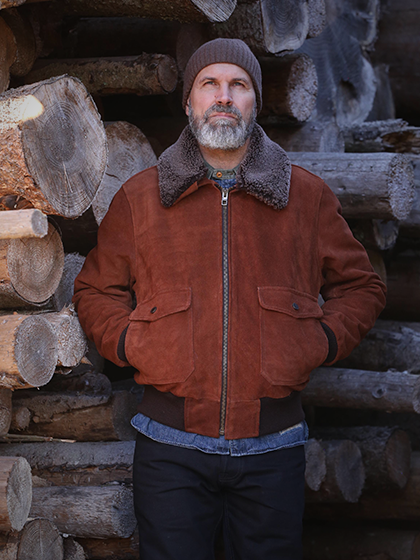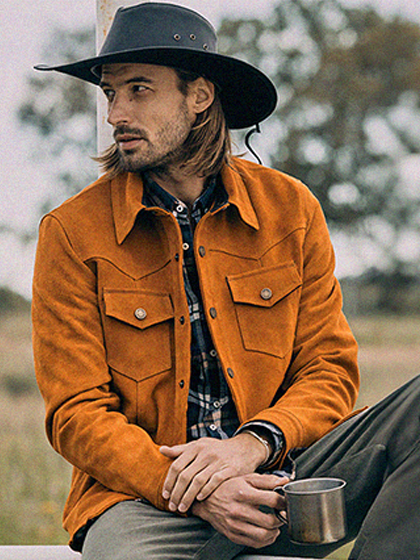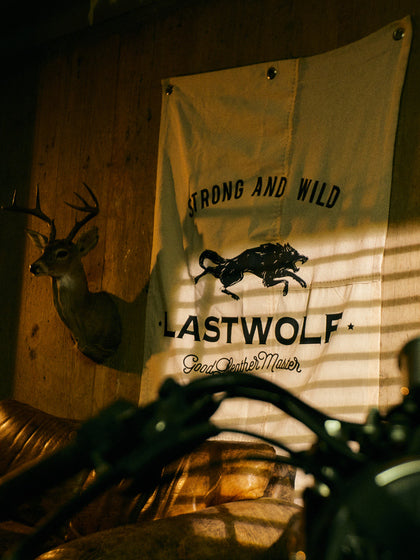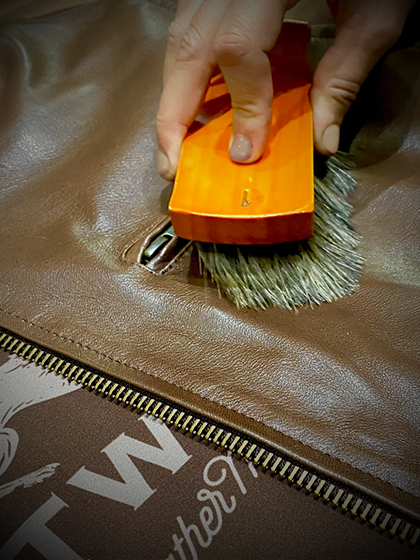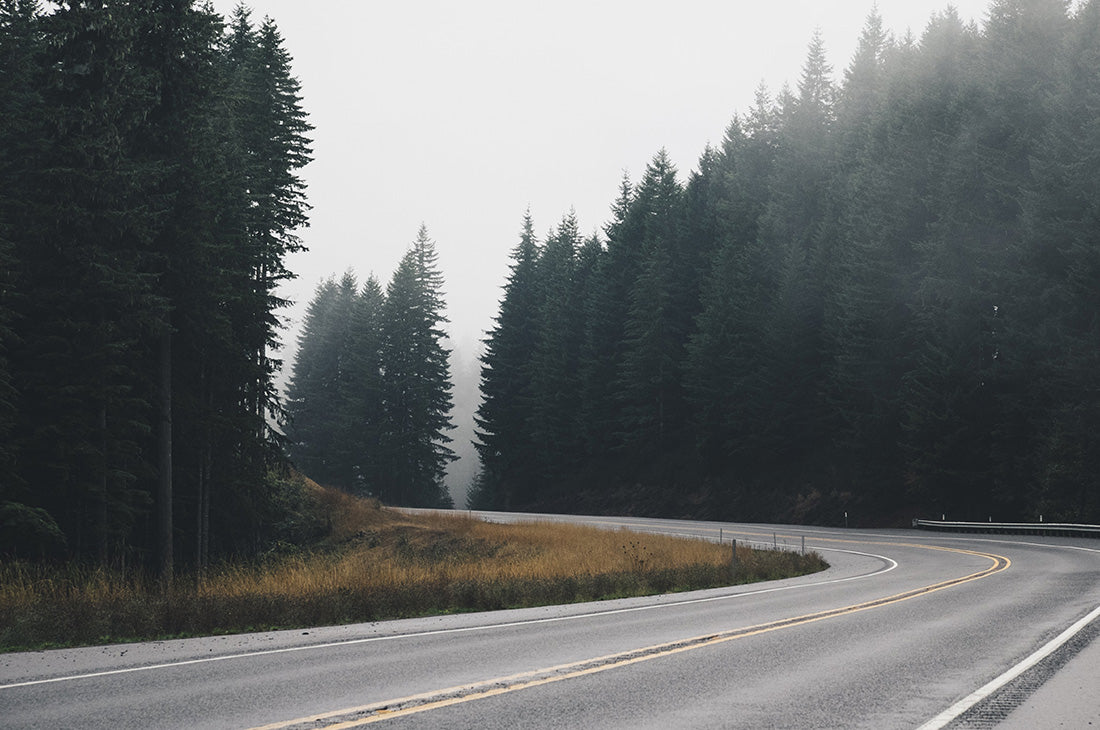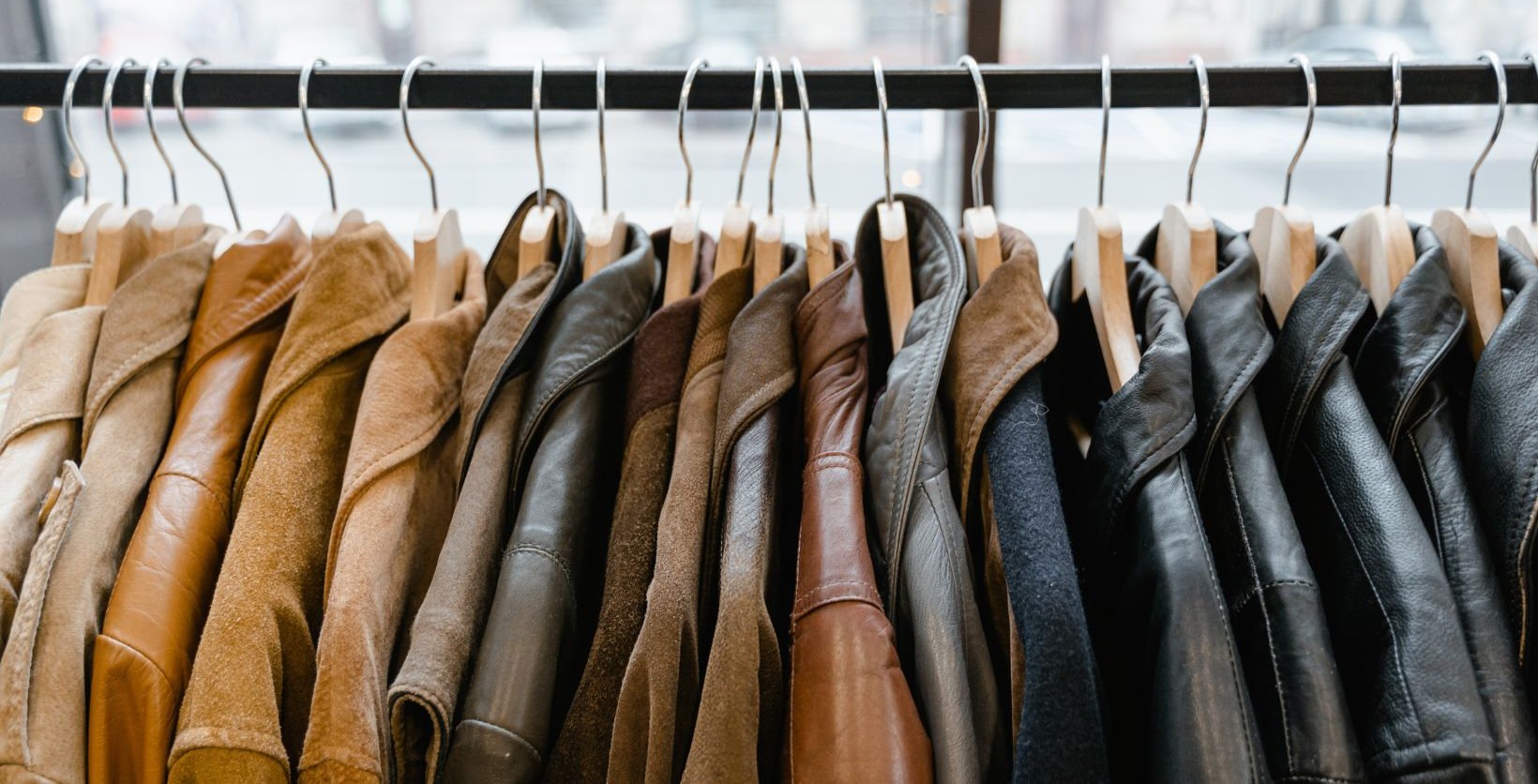The history of leather
Leather making is an ancient art inherent in human nature that dates back more than 7,000 years. In the beginning, fresh hides obtained by hunting were dried in the sun and beaten with animal fats to soften them. Later they were salted and smoked to preserve them.
Starting from simple drying and curing techniques, Egyptians and Hebrews developed vegetable tanning around the year 400 BC and already in the Middle Ages, the Arabs had developed more sophisticated and high-quality tanning techniques that gave fame and high prices to leather from Morocco and Cordoba (Spain).
By the 15th century, tanneries had already spread throughout Europe, improving techniques and results.
In the middle of the 19th century, the use of power machinery was integrated allowing the development of more advanced processes, thus introducing splitting, fleshing, and dehairing.
Some years later, artisans developed chemical tannings that included the use of use of oak, sumac, and chrome salts.

Currently, the leather tanning process includes three basic processes:
- a. Preparation based on dehydration by aeration and protection of the hide with salted in wet or dry conditions.
- b. Tanning process including vegetable, chrome and oil tanning stand out, and
- c. Finishing process that include textures, engravings, splitting and dyeing.

Among the most common leathers are those that are processed from cow, horse, pig, and sheep hides, being these last ones the most appreciated for the manufacture of clothing for its ease of processing, its great resistance and exquisite softness.
Suede is also a very resourceful material and consists in leathers that are finished by buffing the flesh side (opposite the grain side) to produce a nap. The term refers to the napping process and is unrelated to the type of skin used.
The quality and price of a leather are factors that depend on the types of process, full grain is considered the highest quality as it is the upper part of the leather including all its thickness and although it turns out to be the most difficult to work with, it is also the most resistant, durable, and breathable.
Full Grain is followed by Top Grain, usually used for high-quality products for ease of working because small imperfections have been removed in a splitting process, making it thinner and smoother, but equally resistant and of great beauty.
In third grade of quality is the remnants and layers of the full grain split process and to which an artificial grain is applied to the surface to make it appear more natural.
At the bottom there are the left-over scraps, which are the wastage that is crushed into a pulp to which layers of polyurethane or latex are added to produce “leather” sheets with a texture that appears to be a finer skin, but its durability and resistance is far from good and of very low quality. We do not recommend this product and of course, you will never see it in a Lastwolf®
At Lastwolf® we care about our leathers. After many years we have developed a wide variety of lamb, cow, and veal as well suedes and our long known naked cow hide® all of them produced under design according to the type of jacket and usage.
We know the importance of quality when it comes to manufacturing a leather jacket. We know this is also important to you. We stand for it.


